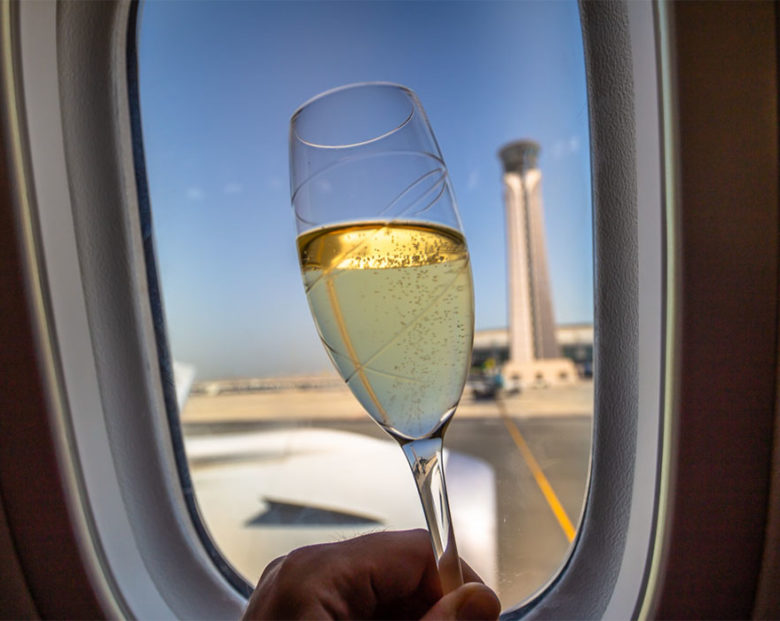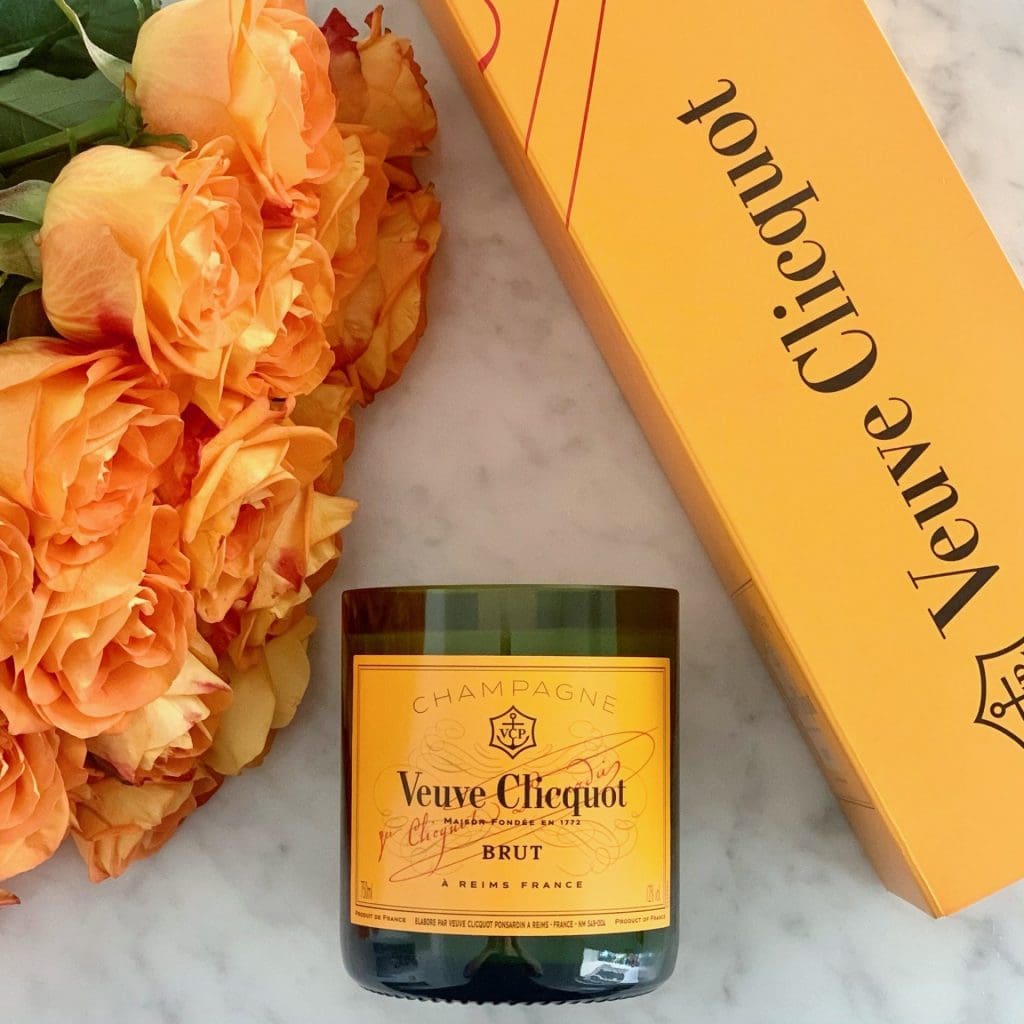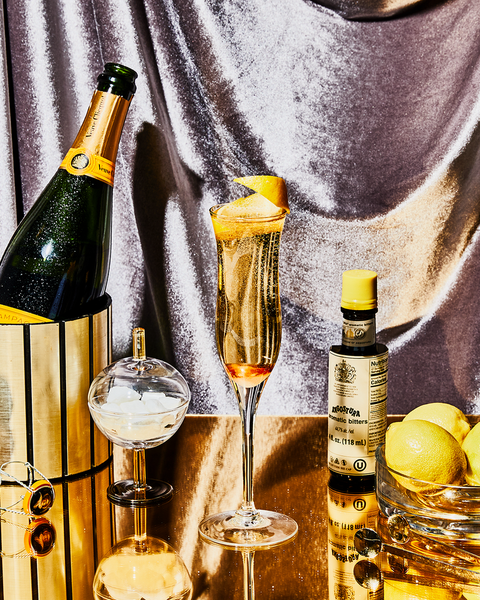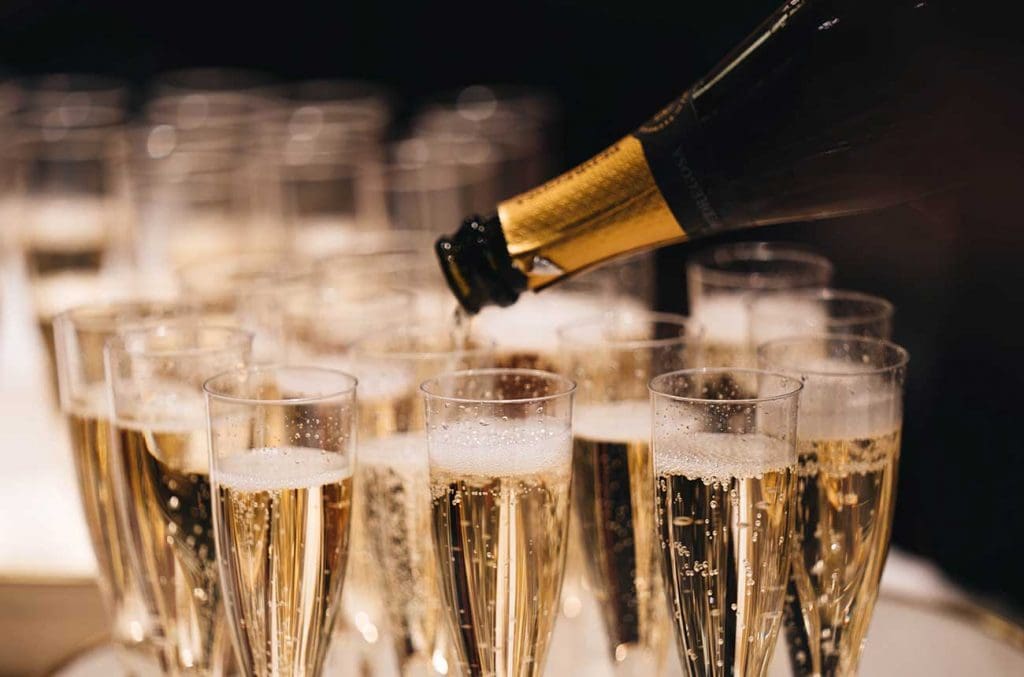Global champagne supplies are facing challenges worldwide amidst a host of obstacles – and prices could increase in Australia.
Global Champagne supplies are facing notable strains in 2025, with both weather and market challenges threatening traditional end-of-year celebrations around the world.
As luxury fizz sales peak during the final trimester—thanks to the festive season—stakeholders in every major champagne-consuming market are watching shipment figures anxiously, with some locations anticipating significant shortages and price spikes.
Australia, now a major player among champagne importers, is particularly exposed to these disruptions, making the coming months a litmus test for the industry’s global resilience.
Champagne’s Gloomy Outlook for 2025
Champagne shipments and harvest yields have stumbled in recent years, creating tension across the supply chain. The Champagne region’s governing body, the Comité Champagne, set the 2025 yield cap at 9,000 kilograms per hectare, intending to align more closely with sales forecasts and preserve long-term sustainability.
This compares to pre-pandemic vintages that often hovered closer to 10,000 kg/ha or higher, reflecting an era of more robust supply.
Adverse weather events have been a persistent foe for champagne producers. The 2024 season—like several before it—was marred by late frosts and violent hailstorms, particularly in the Aube and Vallée de la Marne sub-regions, causing estimated crop losses of 10%.
In addition, ongoing disease threats like flavescence dorée, a deadly vine disease, have sparked coordinated surveillance efforts across more than 12,000 hectares of vineyards.
These climatic and phytosanitary pressures have resulted in lower yields and diminished reserves. For 2025, production is expected to fall short by approximately 12 million bottles compared to sales expectations, forcing the region to “destock.”
The broader trend, set in motion during the COVID-19 pandemic, persists—producers are still grappling with the aftershocks of disrupted logistics and fluctuating global demand.

Where Are the Biggest Champagne Challenges?
While champagne is exported globally, its pain points are most acute in a few specific locations. The domestic French market, traditionally the world’s largest consumer, continues to struggle, with shipments falling 5.2% in the first half of 2025.
Exports across continental Europe have also slumped by over 3%, as economic uncertainty and burgeoning local sparkling wine scenes—most notably in the UK—dampen demand.
However, markets outside Europe, especially the United States, United Kingdom, and Japan, have shown resilience.
Despite headwinds, exports to these regions have grown by nearly 4% in 2025, with leading brands like Veuve Clicquot and Moët & Chandon reversing earlier declines and posting notable volume gains in the U.S. Yet, the reality remains: global shipment volumes remain below pre-pandemic peaks, and stocks are being drawn down rather than replenished.

Ripple Effects on Australia
Australia’s relationship with champagne has dramatically deepened over the past decade. In 2022, imports soared to a record 10.5 million bottles, making Australia the sixth-largest market for champagne consumption. I
ts growth has so far bucked global trends, with yearly demand increasing even as traditional markets falter. Australians’ strong cultural affinity with celebratory drinks—and a particular attachment to non-vintage champagnes (which comprise nearly 90% of all imports)—has put additional strain on supply channels.
Because of this soaring demand and the global tightening of supply, Australia is already experiencing a degree of scarcity, particularly for the most popular brands like Moët and Veuve Clicquot. Retailers are warning of intermittent shortages, escalating prices, and the growing difficulty of sourcing luxury fizz in time for major holidays.
The “perfect storm” of spiking demand, supply chain hangovers from COVID, and adverse conditions in Champagne itself has converged just as Australians show no sign of reducing their appetite for premium bubbles.
Australian importers and distributors are bracing for higher prices and less reliable delivery, as the limited 2025 yield is likely to prioritise core markets—especially where overall value is higher.
Experts predict Australia will settle into a plateau of around 10-11 million bottles imported annually, but warn that these could increasingly be higher-price, rarer cuvées rather than the mass-market non-vintages many consumers favour.

What It Means for the Rest of 2025
With the last four months of the year traditionally accounting for a disproportionate share of global champagne sales, every link in the supply chain—from French growers to Australian retailers—is under pressure to avoid shortfalls that could ruin holiday festivities.
There is mounting concern that unless shipments increase or production rebounds next year, the champagne sector could face “disaster” in the form of widespread shortages, surging prices, and a shift in consumer loyalty to local sparkling wines.
The world’s premium fizz is, in essence, enduring a transition. In France, producers are adapting by setting more conservative harvest limits and exploring innovative risk-sharing and sustainability measures. Globally, consumers are being coached to expect less choice and higher prices.
For Australia, now one of the world’s great champagne-loving nations, the message is clear: stock up early for the festive season, and prepare for the possibility of disappointment if global supply does not stabilise soon.
The story of champagne in 2025 is ultimately a reflection of broader challenges in the wine industry—climate volatility, economic pressures, and evolving consumer preferences all combining to reshape the landscape of luxury drinking for years to com




